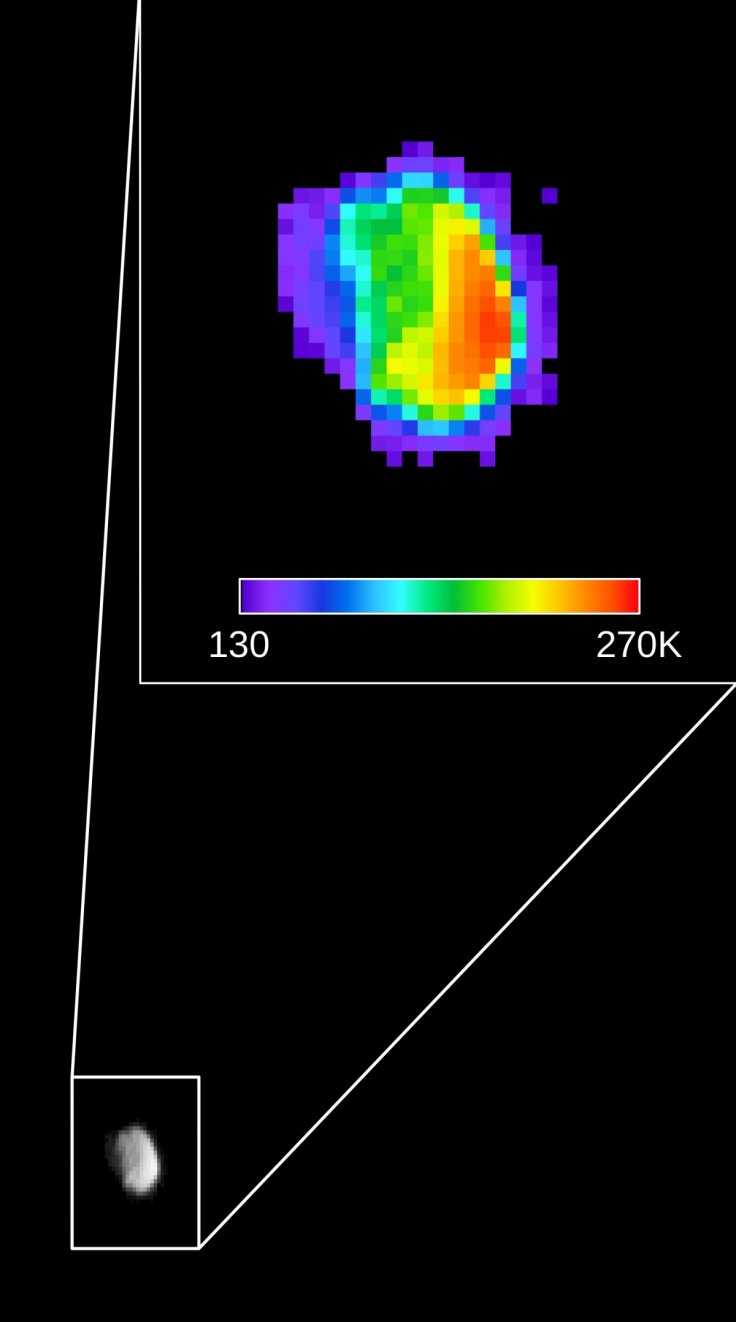
A joint team of researchers at the Royal Astronomical Society and Liverpool John Moores University has initiated a plan to use advanced star hunting technology to spot poachers who threaten world's most endangered animals.
The star hunting technology allows researchers to pick galaxies in the night sky, and the same method will be adopted to detect the poaching activities in the dark as well.
Poachers will be monitored in darkness
The team has already conducted trials using flying drones which are equipped with infrared cameras capable of automatically detecting thermal signatures of animals in the dark atmosphere. The initial field trials were carried out on Riverine rabbits, an endangered species dwelling in South Africa. The team now plans to conduct more field trials on endangered Orangutans in Malaysia followed by river dolphins in Brazil and spider monkeys in Mexico.
The thermal infrared cameras are already in use to see animals due to their body heat, even when they are camouflaged in their natural environment. Since animals and humans in thermal footage 'glow' in the same way as stars and galaxies in space, scientists said they are able to combine the technology.
"We have been able to combine the technical expertise of astronomers with the conservation knowledge of ecologists to develop a system to find the animals or poachers automatically," said Dr Claire Burke who works at the Liverpool John Moores University, Telegraph reports.
She also added that the main aim of the study is to stop poaching before it happens, thus helping endangered animals from the face of extinction. It should be noted that most of the poaching activities happen in the night when gatekeepers often find it difficult to keep track of animals and hunters. Using the advanced star hunting technology, it is quite easy to track animals even when they are concealed by trees or leaves.
"Our aim is to make a system that is easy for conservationists and game wardens to use anywhere in the world, which will allow endangered animals to be tracked, found and monitored easily and poaching to be stopped before it happens," added Burke.
Programmed drones are also capable of surveying large areas of terrain, and monitoring can be done without destabilizing the healthy habitat of these animals. Researchers are advancing the system, so monitoring can be done even during adverse atmospheric weather conditions.









